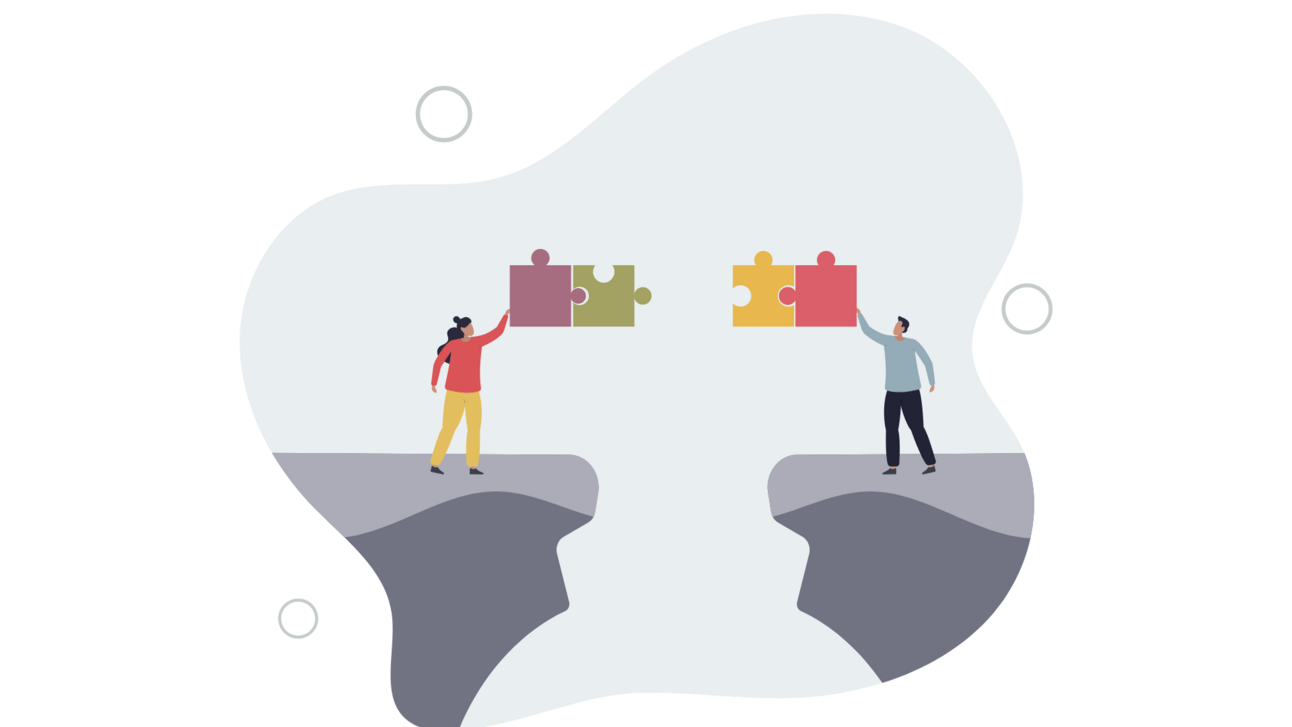- Inside Out Engineering
- Posts
- Engineering: A Perpetual Game of Telephone
Engineering: A Perpetual Game of Telephone
Why our ability to communicate up and down the chain is key to every successful technology

We often think of engineers as the finish line. The ones who take an idea, make it real, and then hand it off to the world.
And sometimes, that’s true— software engineering, for example. A set of requirements becomes a working product, thanks to a group of individuals who quietly (and brilliantly) translate logic into impact.
But more often than not—mainly in hardware, infrastructure, and large systems—engineers are not the end of the line.
We’re the middle.
We stand at the intersection of dreams and delivery. We take the abstract and make it tangible—but we don’t stop there. We pass it on. To manufacturing teams. To field installers. To tradespeople. To supply chains, operations managers, and even end users.
We sit in the middle—between what’s imagined and what’s actually used.
And that changes how we have to think.
The first time I realized I was smack in the middle — not just of a project, but of a whole web of communication — was on my very first job site.
I was fresh out of school, serving as both the lead mechanical engineer and the project manager. That meant I wasn't just responsible for the design — I was responsible for bringing the design to life. Every detail, every part, every person involved in translating an idea into a real, physical system came through me.
I placed the equipment orders with manufacturing. I coordinated specialty parts with third-party vendors. I sent out multiple drawing sets to our installation team so they knew exactly how to piece everything together.
Everything seemed to be moving along. On paper, we were golden.
Until we got to site.
And right there — right in the middle of what was supposed to be my pristine centerline — was a giant, immovable structural column.
Turns out, the base drawings I had been working from were outdated. Somewhere upstream, a change had been made, but that information never made it to me. And now? The whole plan had to shift.
The installers and I huddled up and got scrappy. We rerouted and reconfigured, trying to make everything fit within the same footprint, still aiming for our go-live date. The clean, ideal conditions I had designed for no longer existed. This was the real world — and it required real-time adaptation.
It was in that chaos that the bigger realization landed: I wasn’t just the designer. I was the bridge.
I had a responsibility not just to pass information downstream, but to reach upstream and ask for what I needed — current drawings, critical changes, decisions in real-time.
And downstream, I couldn’t assume that what I delivered was enough. I had to communicate clearly, check for alignment, and make sure every team had what they needed to succeed.
That day, I learned the hard truth of being in the middle: you don’t just hand things off — you hold things together.

Being in the middle means we have to speak more than one language.
We have to understand what the designers meant and what the builders need.
We have to balance the elegant theory with the messy reality.
We have to think about scalability and usability. Aesthetics and assembly. Accuracy and accessibility.
That’s not a weakness. That’s our power.
Because when we see ourselves as connectors we build better systems. We anticipate the next step. We collaborate more deeply. And we ask better questions, like:
Will this design make sense to the person installing it in the field at 6 a.m.?
Does this part need to be precise to the millimeter, or can it flex with human error?
Are we assuming this will be built in perfect conditions… or in real ones?
How about another story?
The Millennium Bridge Wobble: London, 2000
What happened:
This pedestrian bridge was a marvel of modern design—elegant, lightweight, and architecturally striking. Structurally, it passed every test.
But then the public started walking on it.
When thousands crossed on opening day, the bridge began to sway side-to-side. It wasn’t a structural failure, but a phenomenon called synchronous lateral excitation—where pedestrians’ subtle movements caused a feedback loop that amplified the wobble.
Why it matters:
No one anticipated that people would instinctively sync their steps. The design team hadn’t modeled dynamic human interaction. Engineers had to retrofit the bridge with dampers—after a public relations headache.
Being in the middle also means we have a responsibility to both ends of the chain.
To the people upstream who imagined what could be, to the people downstream who have to bring it to life again, piece by piece, and to the end users who will utilize our designs day in and day out.
It can be a lot to hold. But when we embrace it, it becomes a source of pride. We become the quiet leaders who make sure vision and execution don’t drift too far apart.
We don’t just build products—we build alignment.
We build context.
We build trust.
The Question
What does it mean to lead from the middle—and how can engineers own this role with clarity, empathy, and impact?
In complex systems, engineers are often the connective tissue—bridging upstream vision and downstream execution. But being “in the middle” doesn’t make you stuck. It makes you strategic. It makes you essential.
1. Walk the Process—Literally and Figuratively
Empathy isn’t a soft skill—it’s a system skill.
To lead well from the middle, you have to walk both directions.
Step onto the factory floor.
Ride along with a field tech.
Sit in on a customer training call.
💡 What you discover downstream may change what you design upstream.
This isn’t about micromanaging—it’s about designing with insight. Leadership begins where your curiosity meets someone else’s constraints.
2. Ask Better Handoff Questions
“Great handoffs don’t just transfer tasks. They transfer trust.”
Before you release your design, pause. Ask:
Who’s the next person touching this?
What do they need to succeed?
Where could this get misinterpreted?
Then, don’t just send a document. Send context. Send care. Send clarity.
💡 Engineers who ask these questions don’t just pass work forward—they propel it.
3. Talk to Both Ends—Upstream and Downstream
True leaders hold the culture together. Not by command, but by connection.
You’re not just the midpoint between two silos—you’re the signal repeater.
Upstream: Understand the “why” behind the strategy.
Downstream: Advocate for the “how” behind the reality.
💡 When engineers make both ends visible to each other, they reduce the noise—and raise the signal.
Silence in the middle causes failure. Connection in the middle creates flow.
4. Invite Builders into the Design Room
If you’re not designing with the people who will build it, you’re designing for failure.
Before finalizing specs or designs, bring in the builders:
Ask a manufacturing lead what’s hard to assemble.
Invite an installer to walk through the design.
Create space for “that won’t work” without defensiveness.
💡 When people feel heard early, they commit fully later.
This isn’t about compromise—it’s about co-creation.
5. Reclaim the Power of the Middle
“Being in the middle isn’t about being neutral. It’s about being necessary.”
You’re not the go-between. You’re the glue.
You hold:
The tension between vision and reality.
The translation between idea and implementation.
The possibility that great design can also be buildable.
💡 The middle isn’t where things get lost. It’s where they get found—and made whole.
Final Thought:
Leadership from the middle is invisible only if we fail to name it.
So name it.
You are not “just” an engineer.
You’re a translator. A connector. A bridge builder.
We connect the why to the how.
The possible to the practical.
The vision to the hands that will carry it forward.
And that? That’s not just technical. That’s transformational.

My goal is to help more engineers, technically minded, and neurodivergent people find their own way to understand themselves and most importantly, find connection to the people around them.
If this is something you find interesting or know you want to develop your emotional intelligence, follow along with me!
I’ll be telling more of my stories in how I built this skill, stories of how this skill transformed the lives of others like us, along with tips and tools to bring into your life.
And if you’re looking to accelerate your growth in emotional intelligence, book a call with me and we can build a pathway to your goals together!
Book a call: https://calendly.com/nikki-insideoutengineering
Connect with me: https://www.linkedin.com/in/nikki-maginn/

Reply